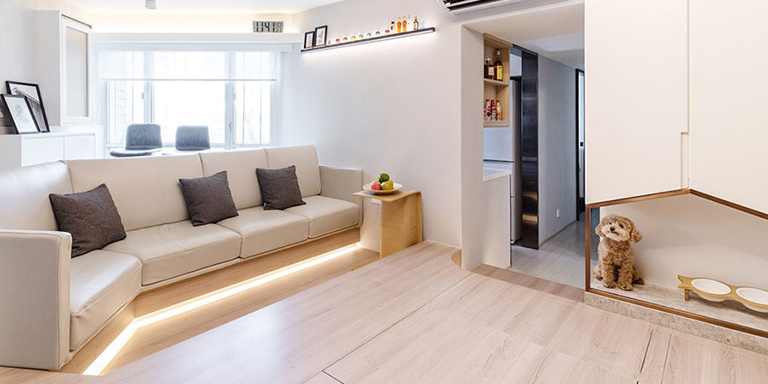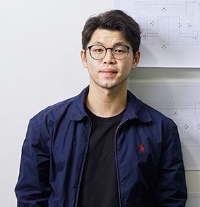
Designers are not purely artists – even design with the highest artistic value needs to satisfy a client’s needs. The two factors are not mutually exclusive, however, although it might not be easy for a designer to maintain their own style. Some prioritise clients’ requests, while others stick to their own lane. Alvin Cheng, an architectural designer from Hong Kong interior design house MAD Studio, chose the former.
“The client is the final user. Your design could be admired or award-winning, but it doesn’t matter if the client doesn’t feel comfortable with it,” he said.
A versatile designer, Mr Cheng is proficient in adjusting his work based on the client’s brief.
Client rules
Mr Cheng trained as an architect but subsequently moved into interior design where projects are completed much more quickly.
“I’m quite impatient. Interior design allows me to see the result in two to three months, and I feel more of a sense of achievement for it,” he explained.
Mr Cheng does not lean towards any single design style but starts from the standpoint of the client.
Projects undertaken by 2016-established MAD Studio cover a wide scope, ranging from homes to offices and schools.
These include a 700 square-foot flat in the Diamond Hill mass-market residential district. “This is a home for five people,” Mr Cheng said, pointing to the fully equipped space. “The living room contains a piano, an audio-visual corner, a pet house, and a yoga corner. In addition to appearance, we also had to consider functional elements, especially those related to storage.”
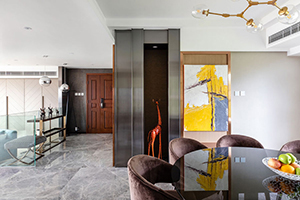
Storage, one of the most common concerns in Hong Kong, is a focus for the designer.
He also works on upmarket homes, such as a 3,000 sq-ft unit in the South Bay beach area. “Besides making it look spacious, we needed to introduce more natural light into the space. That was why we chose marble walls for their reflective properties,” he said.
Mr Cheng added that larger flats offer more possibilities and design choices, be it lighting or decorations.
For the designer, using different wallpapers or décors is a good way to change the mood of the space. As such, there were also projects in which he used only wallpaper and furniture as main decorative elements.
When working on a kindergarten, he had to take into account safety, greenery and the children’s interests. “We designed their library as a little house, with a slide to let them come out of the library,” he thrilled.
Mr Cheng makes sure each solution is unique. “Many clients share the same basic requirements, such as lighting and storage. These are the questions we pay the most attention to. Ultimately, style should follow the practical needs of the client.”
Changing plans
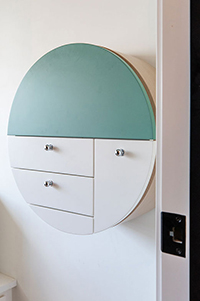
Mr Cheng’s architectural background leads him to frequently change building layouts, as he finds designs of new building often do not reflect occupants’ needs.
“It’s common to see a bedroom that cannot accommodate a cabinet. Having studied architecture, I know the calculations behind designing an area. This makes me especially interested in changing the layout of a flat. I hope the changes will be creative and fit the clients’ lifestyle,” he said.
MAD Studio sells integrated solutions. “In addition to design, our projects in Hong Kong often involve construction work as well. Therefore, we try our best to outline what they can expect from the very beginning. Remodelling work is done to match their demands, and then we move on to colour and other spatial details. Communication with the construction workers is another important step. Good technique and smooth finishing are also crucial, just as any other step along the way.”
Embracing technology
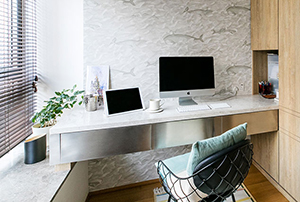
Mr Cheng’s office has a smart-home system installed, but he is more circumspect with adding other technological elements to designs.
“The development of smart home systems has become more mature, and this is easier for clients to understand and accept. Other technologies like virtual reality are still in their infancy. They need to be more practical.”
Last year, MAD Studio made its debut at DesignInspire, an exhibition of creative works which was held online in 2020 under the theme “Design for Good”,. Mr Cheng values the unexpected inspirations the event gave him.
“There are different designs, concepts and technologies concentrated in one place. Technologically, augmented designs are getting more popular in recent years,” he said.
“Design for Good should be a given. Design obviously needs to be good, or, -- we should aim higher to make it excellent,” he concluded.
The firm is also taking part at this year’s DesignInspire, which comprises a year-round online exhibition as well as roadshows in Hong Kong and Mainland China’s Guangzhou city to be held in November and December respectively.
Related link
DesignInspire
